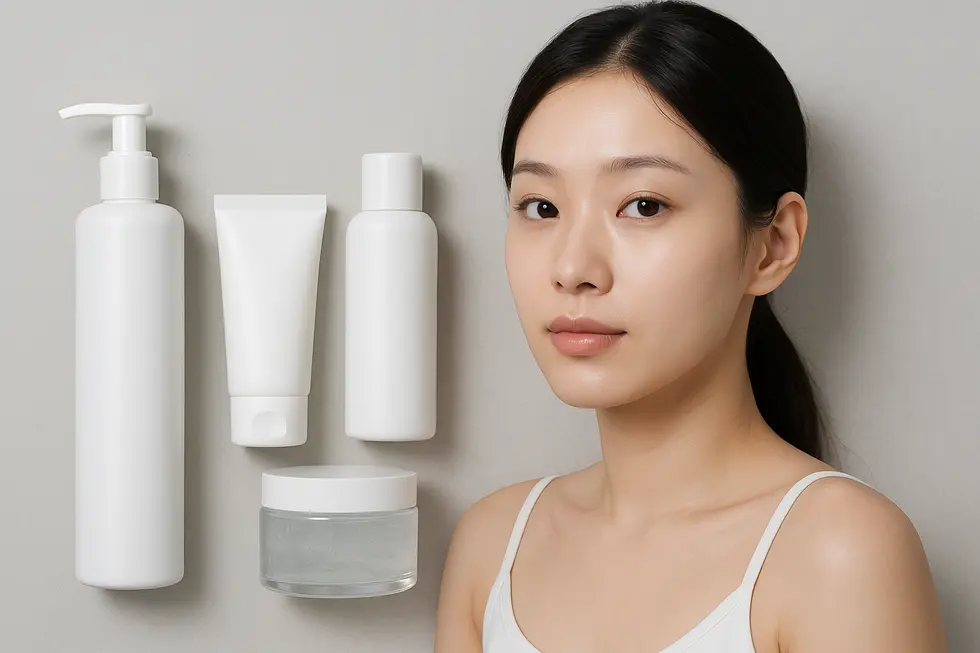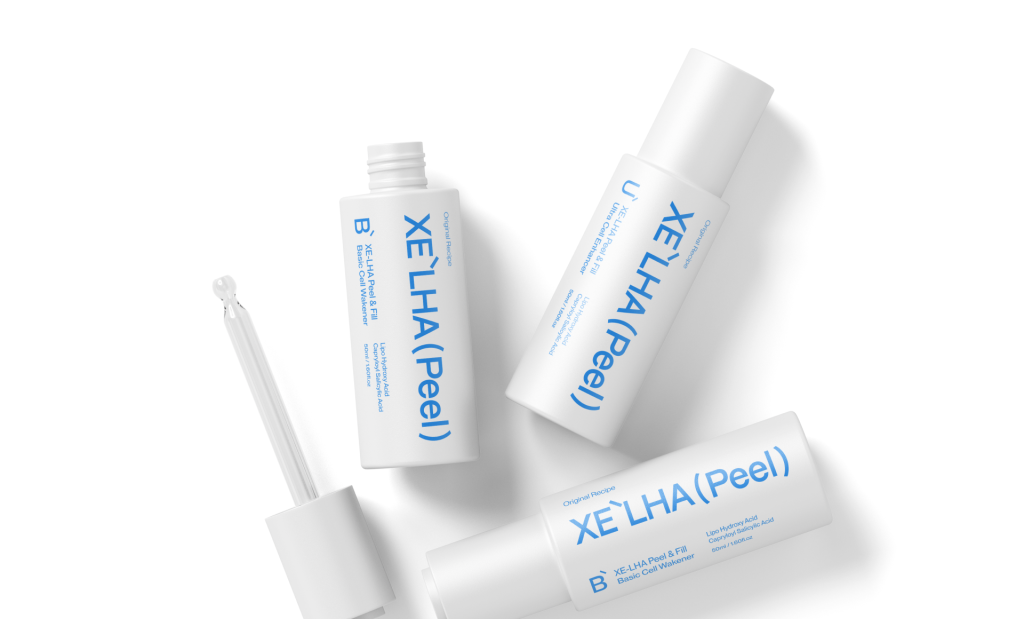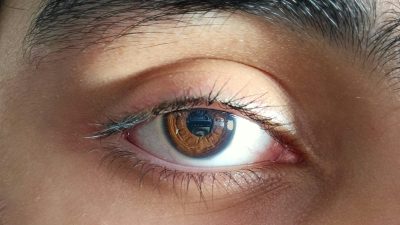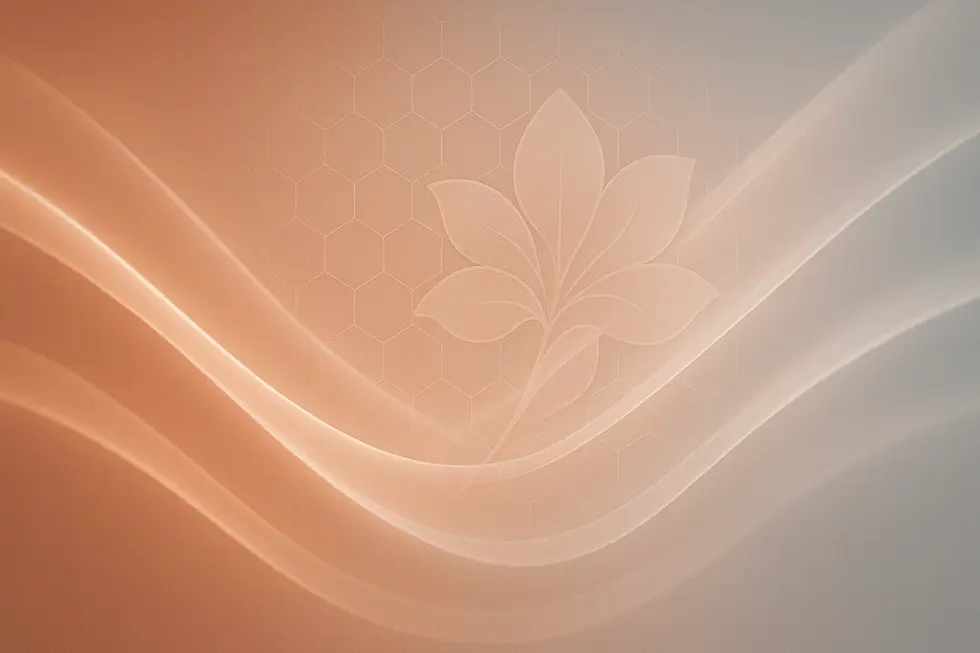
Have you ever looked in the mirror and wished you could just press a ‘reset’ button on your skin? I’ve been there. Those lingering acne scars from my teenage years and the pores that seem to get bigger every year… it can be frustrating! You might have tried countless creams and serums with little to no luck. If that sounds familiar, then I think you’ll be interested in what I’m sharing today: the Sellas laser treatment. 😊
Contents
What Exactly is Sellas Laser? 🤔
Okay, so let’s break it down. The Sellas laser is a type of fractional laser. The word ‘fractional’ is key here. Instead of treating the entire surface of your skin at once, it creates thousands of tiny, deep columns of heat, which are called micro-thermal zones. Think of it like aerating a lawn – it targets tiny sections while leaving the surrounding skin untouched.
This controlled ‘damage’ does something amazing: it kickstarts your skin’s natural healing process. Your body rushes to heal these micro-injuries, and in doing so, it produces a ton of new, healthy collagen and elastin. These are the essential building blocks for smooth, firm, and youthful-looking skin. Over time, as this new collagen forms, it fills in scars, tightens pores, and smooths out wrinkles from the inside out.
Sellas is specifically an Erbium-Glass 1550nm fractional laser. This wavelength is particularly good at penetrating deep into the dermis to stimulate collagen without severely damaging the outermost layer of skin, which often means less downtime compared to more aggressive lasers.
What Skin Concerns Can Sellas Laser Address? 🎯
One of the best things about Sellas is its versatility. It’s not a one-trick pony. Because it focuses on fundamental skin regeneration, it can improve a wide range of common complaints. Here are the main targets for a Sellas laser treatment:
- Acne Scars: Especially effective for atrophic scars, like boxcar and rolling scars, by building up the depressed areas.
- Enlarged Pores: By stimulating collagen around the pore walls, it helps to tighten and shrink their appearance.
- Fine Lines and Wrinkles: Fantastic for softening lines around the eyes (crow’s feet) and mouth.
- Surgical or Trauma Scars: Can significantly improve the texture and coloration of old scars.
- Uneven Skin Tone & Texture: Gives your skin an overall smoother, more refined, and radiant finish.
- Stretch Marks: It can also be used to improve the appearance of stretch marks by rebuilding the damaged skin structure.

The Sellas Laser Procedure: A Step-by-Step Guide 🚶♀️
Wondering what actually happens on treatment day? It’s more straightforward than you might think. Here’s a typical walkthrough:
- Consultation & Cleansing: First, you’ll have a consultation to ensure you’re a good candidate. Once that’s done, your face will be thoroughly cleansed to remove any oils or makeup.
- Numbing Cream: A topical anesthetic cream is applied to the treatment area for about 30-60 minutes. This is to make the procedure as comfortable as possible. Honestly, the waiting is the hardest part!
- The Laser Treatment: The numbing cream is removed, and the practitioner will begin moving the laser handpiece across your skin. You’ll feel a prickly, hot sensation with each pass of the laser. It’s not exactly pleasant, but most people find it very tolerable. The actual lasering part is quite quick, usually 15-25 minutes for a full face.
- Cooling Down: Immediately after the treatment, your skin will feel hot, like a strong sunburn. A cooling mask or cold air is usually applied to soothe the skin and reduce initial redness and swelling.
After the treatment, your skin will be red and slightly swollen for 1-3 days. This is a normal reaction! It’s crucial to follow aftercare instructions precisely, especially regarding sun protection, to prevent complications like Post-Inflammatory Hyperpigmentation (PIH), where the skin darkens temporarily.
Comparing Lasers: Sellas vs. Fractional CO2 📊
You may have heard of other lasers, like the Fractional CO2. While both are effective, they have key differences. I’ve put together a simple table to compare them.
| Feature | Sellas (Erbium-Glass) | Fractional CO2 |
|---|---|---|
| Downtime | Low (1-3 days of redness) | Higher (5-10 days of redness, peeling) |
| Pain Level | Mild to moderate | Moderate to high |
| Mechanism | Coagulative (heats tissue) | Ablative (vaporizes tissue) |
| Risk of PIH | Lower | Higher, especially for darker skin tones |
In short, Sellas is often preferred by people who want significant results without the lengthy downtime of a more aggressive CO2 laser.

undefined





